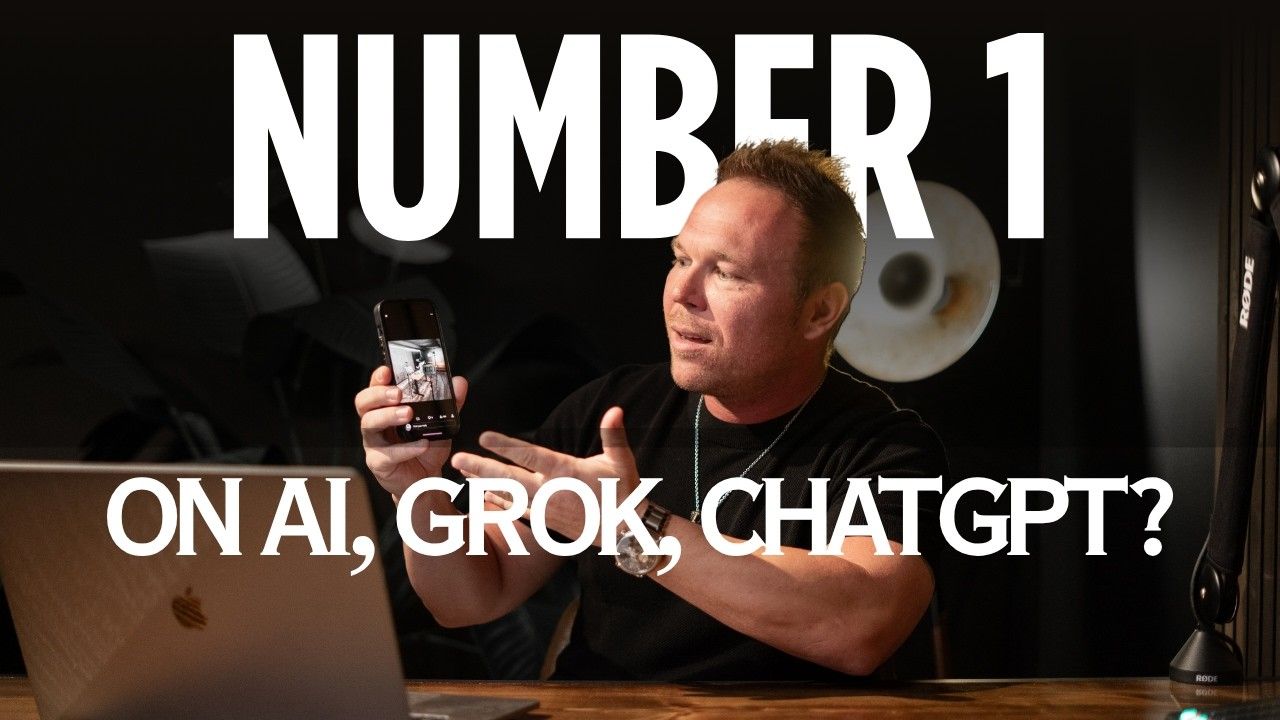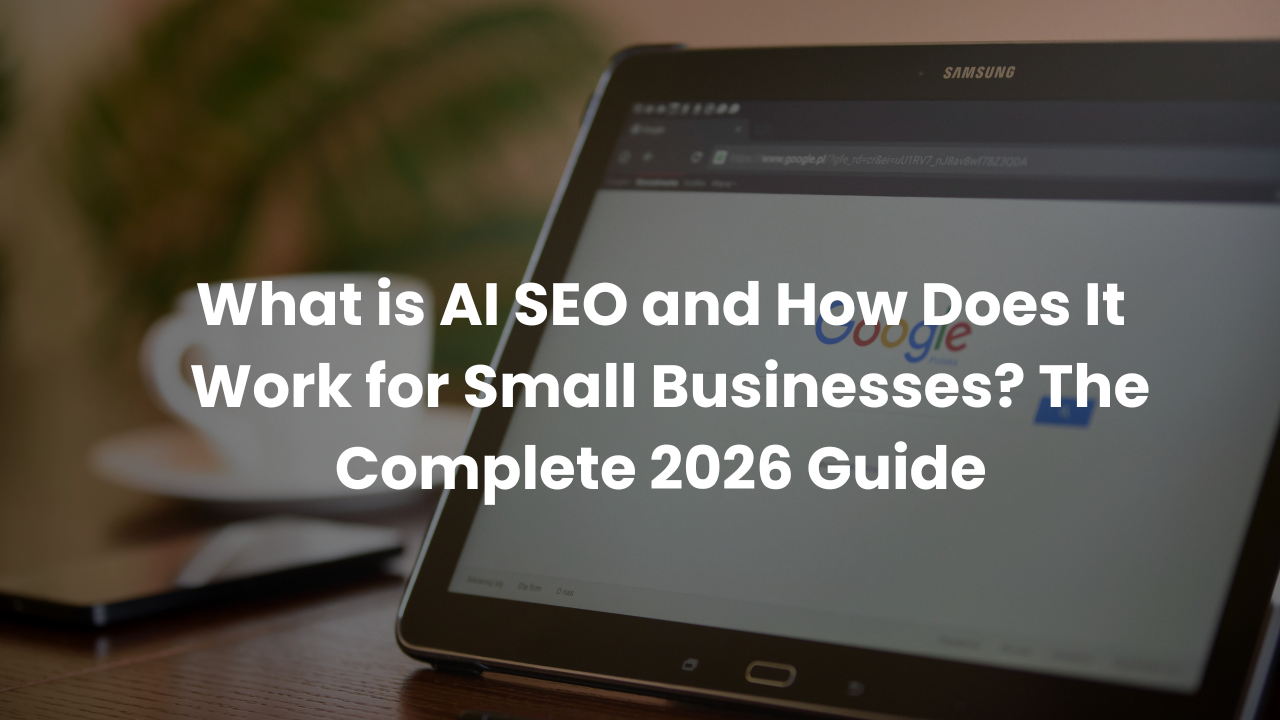X for Small Businesses: Leveraging Twitter Ads for Maximum Impact in 2024
4 Simple Tips for Effective Twitter Advertising your small business:
- Target Your Audience Precisely: Use geographic, demographic, behavioral, and interest-based targeting to ensure your ads reach the most relevant audience. This increases the chances of engagement and conversion.
- Analyze and Adapt: Regularly monitor your Twitter ad performance using analytics. Pay close attention to metrics like engagement rates and conversion rates, and be ready to adjust your strategies based on these insights.
- Embrace Experimentation: Don’t be afraid to try new things with your Twitter ads. Experiment with different ad formats, creative content, and messaging. A/B testing can be particularly useful in determining what resonates best with your audience.
- Stay Updated and Integrate: Keep abreast of the latest Twitter updates and trends. Also, integrate your Twitter ad campaigns with your overall marketing strategy to create a unified brand message across all channels.
Harnessing the Power of Twitter Ads
As we step into 2024, Twitter Ads have evolved, becoming more sophisticated and targeted than ever before. This evolution opens up new avenues for small businesses to reach potential customers effectively. From promoted tweets to tailored campaigns, Twitter Ads provide a variety of tools and features designed to amplify your message and engage your audience. We'll provide an overview of these features and how they've transformed in the current digital landscape.Your Guide to Maximizing Impact with Twitter Ads
This guide is tailored specifically for small businesses aiming to leverage Twitter Ads for maximum impact. Whether you’re new to Twitter advertising or looking to refine your existing strategies, this guide will provide valuable insights, practical tips, and best practices to help you navigate the world of Twitter Ads with confidence. Let’s begin!\Setting Up Your Twitter Ads Account
Before diving into the world of Twitter advertising, the first crucial step is setting up a Twitter Business Account. This specialized account is your gateway to accessing advanced features and analytics essential for running effective ad campaigns. In this section, we'll guide you through the simple yet vital process of creating a Twitter Business Account. We'll cover everything from choosing the right username to optimizing your profile for maximum visibility and engagement.Navigating the Twitter Ads Dashboard: A Beginner's Guide
Once your Twitter Business Account is up and running, the next step is to familiarize yourself with the Twitter Ads Dashboard.- Create Your Account : Go to Twitter and sign up for a new account. Select the option for a business account.
- Choose a Username : Pick a username that reflects your business and is easy to remember.
- Complete Your Profile : Fill in your profile details. Add a profile picture, a cover photo, and a bio that accurately represent your business.
- Optimize for Visibility : Ensure your profile contains relevant keywords about your business for better visibility.
Understanding Your Audience
The foundation of any successful Twitter Ads campaign lies in understanding and identifying your target market. Knowing who your audience is, what they need, and how they interact online is crucial. This section will delve into strategies for pinpointing your ideal customer. We’ll discuss how to analyze market trends, customer demographics, and interests to build a clear picture of your target market. Tailoring your content and ads to resonate with this group is essential for maximizing the impact of your Twitter Ads.Leveraging Twitter Analytics: Insights into Audience Behavior
Twitter provides a wealth of data through its Analytics platform, an invaluable resource for understanding your audience's behavior. In this part, we’ll guide you through using Twitter Analytics to gain insights into your followers' engagement patterns, interests, and demographics. We'll show you how to interpret this data to refine your advertising strategy, ensuring that your campaigns are aligned with your audience's preferences and behaviors. Step-by-Step Guide to Understanding Your Target Market on Twitter
- Analyze Market Trends : Research current trends in your industry to understand what interests your potential customers.
- Study Customer Demographics : Look at demographic data like age, gender, location, and occupation to identify who your customers are.
- Understand Customer Interests : Pay attention to the hobbies, preferences, and needs of your potential customers.
- Tailor Your Content : Create content and ads that specifically appeal to the characteristics and interests of your target market.
Leveraging Twitter Analytics for Audience Insights
- Access Twitter Analytics : Log into your Twitter Business Account and navigate to the Analytics section.
- Engagement Patterns Analysis : Review data on how your audience interacts with your tweets. Look for patterns in likes, retweets, and replies.
- Study Demographics and Interests : Use the demographics and interests data in Twitter Analytics to gain deeper insights into your followers.
- Refine Your Strategy : Use these insights to tailor your advertising strategy. Align your campaigns with your audience's preferences and behaviors for maximum impact.
Developing Your Advertising Strategy
The cornerstone of any successful advertising campaign is having clear objectives and goals. This clarity guides your decisions and helps measure the success of your Twitter Ads. In this section, we will focus on how to set realistic and measurable objectives for your campaigns. Whether it's increasing brand awareness, driving website traffic, or boosting sales, defining your goals early on is crucial. We’ll provide tips on aligning your advertising objectives with your overall business goals, ensuring a cohesive and focused approach.Budgeting for Twitter Ads: Smart Spending for Maximum Impact
Determining your budget for Twitter Ads is a critical step in your advertising strategy. It involves balancing cost with the expected return on investment (ROI). This part of the guide will explore various budgeting strategies, helping you understand how to allocate resources effectively.Choosing the Right Type of Twitter Ads: A Comprehensive Overview
Twitter offers a range of ad formats, each with its own strengths and best-use scenarios. Understanding these options is key to selecting the right type of ad for your campaign goals.- Define Your Campaign Goals: Start by identifying what you want to achieve with your Twitter Ads. This could be increasing brand awareness, driving traffic to your website, or boosting sales.
- Align with Business Goals: Ensure your advertising goals align with your overall business objectives for consistency and focus.
- Make Goals Measurable: Set specific, quantifiable targets for your goals to effectively measure the success of your campaigns.
Creating Compelling Ad Content
In the fast-paced Twitter feed, your ads need to visually stand out to capture attention. This section will focus on the principles of designing eye-catching visuals for your Twitter Ads.
Writing Engaging and Concise Ad Copy: The Art of Brevity
The success of your Twitter Ads also heavily relies on the quality of your ad copy. Twitter's character limit means your message needs to be both concise and engaging. In this part, we’ll discuss techniques for writing clear, persuasive ad copy that resonates with your audience. Use emotive language effectively, and convey your value proposition succinctly.- Focus on Simplicity : Keep your ad visuals simple and uncluttered. Avoid overwhelming your audience with too much information or too many elements.
- Use Bold Colors and Fonts : Choose colors and fonts that are easy to read and draw attention in a busy Twitter feed.
- Incorporate Brand Elements : Use your brand’s colors, logos, and style to maintain consistency and aid in brand recognition.
- Utilize High-Quality Images : Ensure all visuals are high resolution and relevant to your ad message.
Targeting and Placement
The concepts of targeting and placement are paramount in ensuring your message reaches the right audience at the right time. Let’s delve into these crucial strategies.Geographic and Demographic Targeting
Geographic targeting refers to focusing your advertising efforts on specific locations. This could be as broad as a country or as narrow as a neighborhood. It's particularly effective for local businesses or products and services with regional relevance. For instance, a restaurant in New York would benefit from targeting ads to the New York metropolitan area rather than nationwide.Demographic targeting , on the other hand, involves segmenting the audience based on characteristics such as age, gender, income, education, and occupation. This allows advertisers to tailor their message to resonate with a specific group. For example, a luxury car brand might target higher income brackets, while a university might focus on teenagers and their parents.
Behavioral and Interest-Based Targeting
Moving beyond who the audience is to what they actually do and like, behavioral targeting involves analyzing online activity, like websites visited or purchases made. This approach enables advertisers to reach users with a history or pattern of behavior aligned with the product or service offered.Interest-based targeting goes a step further by focusing on the interests and hobbies of the audience. By aligning advertising with the user's interests (say, outdoor activities or technology), brands can increase the relevance and engagement of their ads.
Geographic and Demographic Targeting:
- Define Your Geographic Area : Decide on the geographic location where you want to focus your ads. This can range from a broad area like a country to a specific neighborhood.
- Identify Your Demographic Group : Determine the demographic characteristics of your target audience, such as age, gender, income, education, and occupation.
- Set Up Geographic Targeting in Twitter Ads : When creating your ad, select the geographic areas you've identified as your target.
- Apply Demographic Filters : Use Twitter Ads' demographic targeting options to refine your audience based on the characteristics you've chosen.
Behavioral and Interest-Based Targeting
- Analyze Behavioral Data : Look into the online behaviors of your target audience, such as websites they frequently visit or past purchases.
- Identify Key Interests : Determine the interests and hobbies of your target audience that align with your product or service.
- Set Up Behavioral Targeting : In your Twitter Ads settings, choose options that target users based on their online behaviors.
- Implement Interest-Based Targeting : Select interests and hobbies relevant to your audience in the ad setup process to ensure your ads reach users with these specific interests.
Monitoring and Analyzing Performance: Key to Effective Advertising
The ability to monitor and analyze performance is not just an advantage; it's a necessity. This process allows advertisers to understand the impact of their campaigns and make data-driven decisions. Let's break down the key components.Understanding Twitter Ads Analytics
Twitter Ads analytics provide a wealth of information about how your campaigns are performing. Key metrics include impressions, engagements, and conversion rates. By analyzing these data points, you can gauge the reach and effectiveness of your ads on Twitter. It's crucial to understand which metrics matter most for your specific goals, whether that's brand awareness, lead generation, or direct sales.For instance, a high number of impressions but low engagement might suggest that while your ad is seen by many, it may not be resonating with your audience. Conversely, high engagement rates can indicate that your content is compelling and relevant to your target audience.
A/B Testing for Ad Optimization
A/B testing is a method of comparing two versions of an advertisement to see which one performs better. This technique involves changing one variable at a time, such as the ad copy, image, or call-to-action, and comparing the results. The goal is to iteratively refine your ads based on empirical evidence of what resonates best with your audience.For example, you might run two versions of an ad with different headlines to see which generates more clicks. A/B testing removes guesswork and allows you to optimize your ads based on actual user response.
Adjusting Strategies Based on Data Insights
The ultimate goal of monitoring and analyzing performance is to adjust your strategies based on the insights gained. This means not just collecting data, but actively interpreting it to understand the 'why' behind the numbers.Advanced Twitter Ad Strategies: Navigating 2024 and Beyond
With the ever-evolving landscape of social media advertising, staying ahead of the curve is crucial for success. In 2024, Twitter remains a powerful platform for reaching audiences, but it demands a strategic and innovative approach. Let's dive into some advanced strategies:Leveraging Twitter's Algorithm Updates in 2024
Twitter's algorithm updates in 2024 have brought significant changes to how content is displayed and interacted with on the platform. To leverage these updates, it's essential to stay informed and adaptable. Understanding these changes can help in crafting content that resonates with the algorithm, increasing the chances of your ads being seen by your target audience.For instance, if the algorithm favors video content or certain engagement metrics like retweets or replies, aligning your ad strategy to prioritize these elements could be beneficial. Keeping abreast of Twitter's official updates and industry analyses is key to leveraging these changes effectively.
Integrating with Other Marketing Channels
Integration with other marketing channels is vital in creating a cohesive and effective advertising strategy. This involves ensuring that your Twitter ads are part of a larger, multi-channel marketing plan, including email, SEO, content marketing, and other social media platforms.For example, you can use Twitter ads to complement a product launch campaign, using consistent messaging across all platforms but tailoring the content to fit Twitter's unique format and audience. Integration helps in reinforcing your message across different touchpoints, enhancing brand recall and impact.
Exploring Innovative Ad Formats and Features
2024 has seen the introduction of innovative ad formats and features on Twitter, offering new ways to engage audiences.- Stay Informed : Regularly check Twitter's official updates and reputable industry sources to stay informed about the latest algorithm changes.
- Analyze Algorithm Trends : Identify what types of content (like video) or engagement metrics (such as retweets or replies) are currently favored by the Twitter algorithm.
- Adapt Your Strategy : Modify your content strategy to align with these trends. If videos are favored, for instance, incorporate more video content into your ads.
Integrating with Other Marketing Channels:
- Identify Integration Opportunities : Look for ways to integrate your Twitter advertising with other marketing efforts like email campaigns, SEO, content marketing, and other social media platforms.
- Create Consistent Messaging : Ensure that the core message of your campaign is consistent across all channels, while tailoring the presentation to suit each platform's unique format and audience.
- Implement and Monitor : Launch your integrated campaign across all chosen platforms. Monitor the performance on each to see how they complement each other and enhance overall campaign effectiveness.
Conclusion: Harnessing the Power of Twitter Advertising
As we reach the end of our exploration into Twitter advertising strategies, it's clear that the platform offers a dynamic and robust environment for brands looking to connect with their audience. Let's summarize the key takeaways and look at the steps forward.Summarizing Key Takeaways
Throughout this blog, we've delved into the importance of targeting and placement to ensure your ads reach the right audience, the significance of monitoring and analyzing performance to understand and improve your campaigns, and the need to stay ahead with advanced Twitter ad strategies. These elements form the cornerstone of a successful Twitter advertising strategy, offering a roadmap to effectively navigate the digital advertising landscape.Encouraging Experimentation and Persistence
Advertising on Twitter, as with any digital platform, requires a blend of experimentation and persistence . The digital world is constantly evolving, and what works today might not work tomorrow. Therefore, it's crucial to stay curious, experiment with different approaches, and be persistent in your efforts. Testing new ad formats, tweaking targeting parameters, and adjusting campaign strategies based on analytics are all part of the journey toward advertising success.How do I set up a Twitter Business Account for advertising?
To set up a Twitter Business Account, go to Twitter and sign up for a new account, selecting the business option. Choose a relevant username, complete your profile with a professional photo and bio, and optimize it with keywords about your business to enhance visibility.
What are the best practices for creating effective Twitter Ads?
To create effective Twitter Ads, use eye-catching visuals, write concise and engaging copy, and incorporate bold colors and fonts. Tailor your content to your target audience and use relevant hashtags. Regularly monitor performance and adjust strategies based on data insights.
How can I track the success of my Twitter Ads?
You can track the success of your Twitter Ads using Twitter Analytics. Key metrics include impressions, engagements, and conversion rates. Use A/B testing to compare different ad versions and refine your strategy based on performance data.












